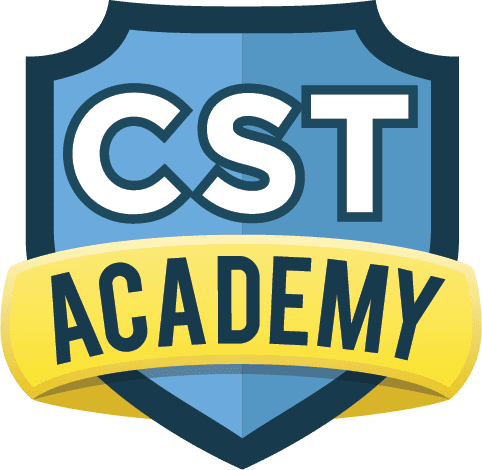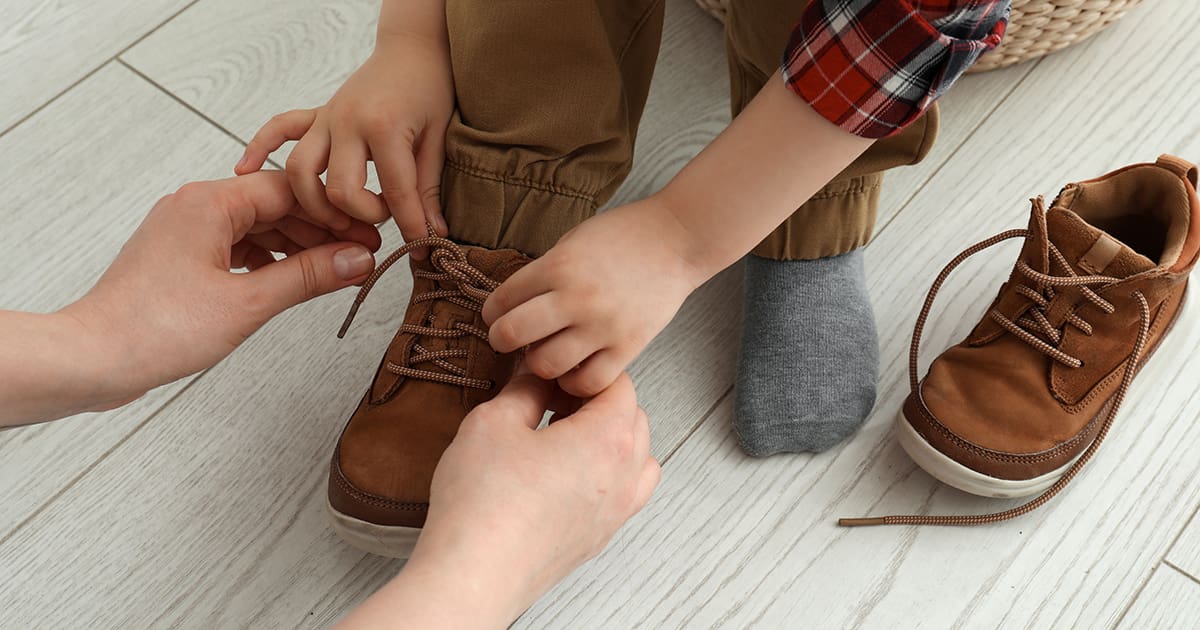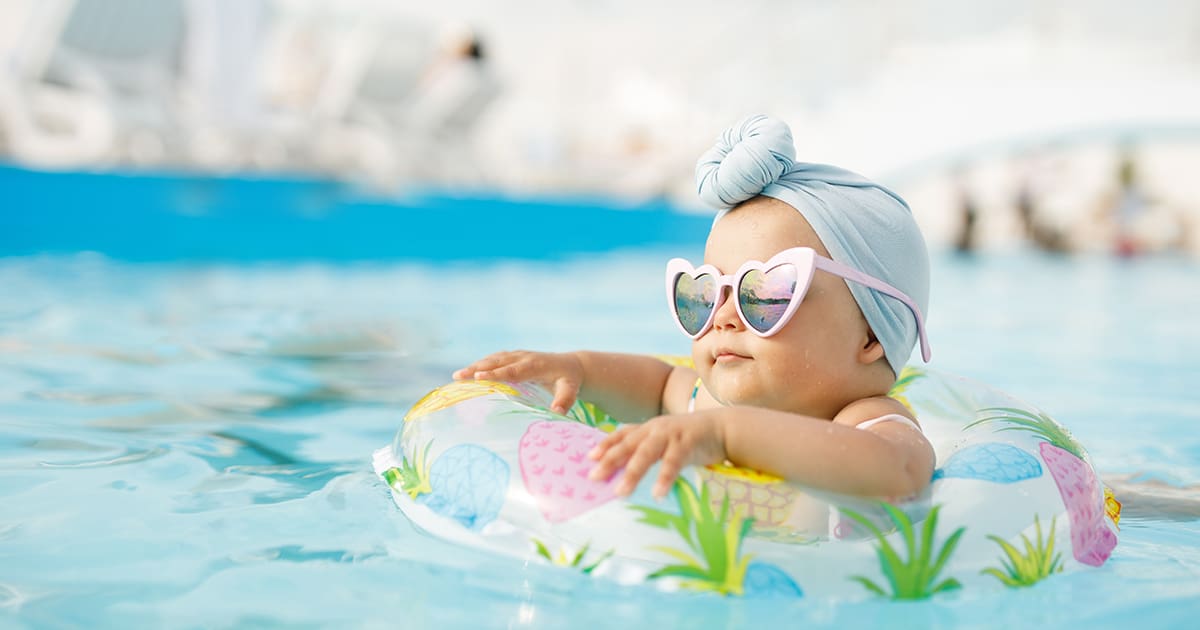Share this Post

For children with autism, communication can take many forms beyond words. Nonverbal communication—such as gestures, facial expressions, and body language—plays a critical role in how children express themselves, connect with others, and navigate their world. While nonverbal skills may be challenging for some children with autism, they are an essential foundation for building relationships and fostering development.
At CST Academy, we specialize in supporting children with autism as they develop nonverbal communication skills. Through individualized therapy, innovative strategies, and a caring environment, we empower children to unlock their unique potential and find meaningful ways to connect with those around them.
The Importance of Nonverbal Skills for Children with Autism
Nonverbal communication encompasses a wide range of behaviors that help children express their needs, emotions, and intentions. These skills are especially important for children with autism who may have limited verbal abilities or rely on alternative methods of communication. Nonverbal skills include:
- Gestures: Pointing, waving, or reaching to indicate wants or needs.
- Facial Expressions: Using smiles, frowns, or other expressions to convey emotions.
- Eye Contact: Establishing a visual connection to engage with others.
- Body Language: Demonstrating interest or understanding through posture or movement.
- Visual Supports: Using tools like picture cards or communication boards to convey messages.
Developing these skills helps children with autism interact more effectively, build relationships, and participate in social activities.
How Autism Affects Nonverbal Communication
Children with autism often face challenges with nonverbal communication due to differences in sensory processing, social understanding, or motor planning. These challenges may include:
- Difficulty interpreting facial expressions or body language.
- Limited use of gestures to communicate needs or emotions.
- Challenges maintaining eye contact during interactions.
- Difficulty coordinating motor movements for gestures or signs.
- Sensory sensitivities that impact their comfort in social situations.
With the right support, children with autism can develop nonverbal communication skills that enhance their ability to connect with others and navigate their environment.
How CST Academy Supports Nonverbal Skill Development
At CST Academy, we recognize the unique strengths and needs of every child, tailoring our approach to help them unlock their potential. Our team of speech therapists, occupational therapists, and behavioral specialists collaborates to create personalized plans that support nonverbal communication development. Here’s how we help:
- Comprehensive Assessments
Every child begins their journey with a detailed evaluation of their communication strengths, challenges, and goals. This allows us to develop a customized plan for building nonverbal skills. - Play-Based Therapy
We use engaging, play-based activities to encourage nonverbal communication in a natural and enjoyable way. For example, games that involve pointing, gesturing, or imitating facial expressions help children practice key skills. - Modeling and Reinforcement
Our therapists model nonverbal behaviors, such as waving or pointing, and provide positive reinforcement when children use these behaviors during interactions. - Visual Supports and AAC Devices
For children who benefit from alternative communication methods, we incorporate visual supports like picture exchange systems or augmentative and alternative communication (AAC) devices to help them express their needs and preferences. - Sensory Integration Techniques
Many nonverbal communication challenges are linked to sensory sensitivities. Our occupational therapists use sensory integration strategies to help children feel more comfortable and engaged in social situations. - Parent Collaboration
Parents are essential partners in their child’s progress. We provide families with tools and strategies to encourage nonverbal communication at home and in everyday interactions.
The Benefits of Developing Nonverbal Skills
Helping children with autism build nonverbal communication skills can have a profound impact on their development and quality of life. Some of the key benefits include:
- Improved Social Connections: Nonverbal skills enable children to engage more effectively with peers, family members, and caregivers.
- Enhanced Emotional Expression: Children can use gestures, facial expressions, and other nonverbal cues to share their feelings and needs.
- Reduced Frustration: Developing alternative communication methods helps children express themselves without relying solely on words, reducing misunderstandings.
- Increased Confidence: Mastering nonverbal communication builds self-esteem and empowers children to interact more comfortably in various settings.
- Support for Verbal Development: Nonverbal skills often serve as a foundation for developing verbal communication abilities over time.
Strategies for Supporting Nonverbal Communication at Home
Parents play a vital role in helping their child develop nonverbal communication skills. Here are some practical strategies to try at home:
- Use Visual Supports: Incorporate picture cards, communication boards, or visual schedules to help your child express their needs and understand routines.
- Model Nonverbal Behaviors: Demonstrate gestures, facial expressions, and other nonverbal cues during daily interactions.
- Encourage Imitation: Play games like “Simon Says” to practice gestures and body movements in a fun, low-pressure way.
- Create Opportunities for Choice: Offer choices during activities, such as showing two toys or snacks, and encourage your child to point or gesture to indicate their preference.
- Celebrate Progress: Acknowledge and praise your child’s efforts, no matter how small, to build their confidence and motivation.
Why Families Choose CST Academy
CST Academy is a trusted partner for families seeking compassionate, evidence-based support for their child’s development. Here’s why families rely on us:
- Expert Team: Our therapists specialize in communication development, sensory integration, and social-emotional growth.
- Tailored Programs: Every therapy plan is customized to meet the unique needs of each child.
- Inclusive Environment: Our sensory-friendly classrooms provide a safe and welcoming space for learning and connection.
- Parent Collaboration: We work closely with families to ensure progress continues at home and in the community.
A Parent’s Perspective on Unlocking Nonverbal Skills
One parent shared their experience:
“Before joining CST Academy, our son struggled to express his needs and emotions. The team introduced strategies like visual supports and imitation games, and we’ve seen incredible progress. He now points to items he wants and smiles to show his happiness—it’s been life-changing for our family.”
Take the First Step with CST Academy
Unlocking nonverbal communication skills is a transformative journey for children with autism and their families. At CST Academy, we’re dedicated to helping every child build meaningful connections, express themselves, and thrive in their own way.
Contact us today to learn more about our programs and how we can support your child’s communication development. Together, we’ll celebrate their progress, one step at a time.
Discover Our Pediatric Therapy & Autism Care
ABA Therapy
Support for children with autism.
Diagnostic Evaluation
Expert assessments to identify child needs.
Pediatric Therapy Services
Speech, Occupational, Feeding, and Physical Therapy.
Therapeutic Preschool & Kindergarten
A classroom environment designed for early learners with unique needs.

Find the Best Care for Your Child




